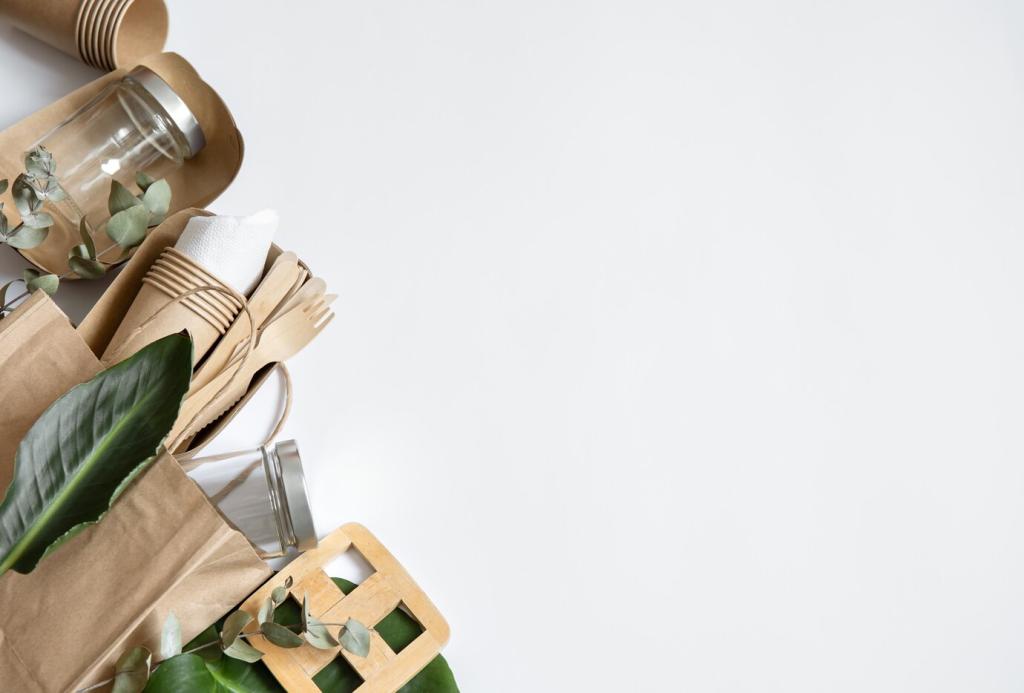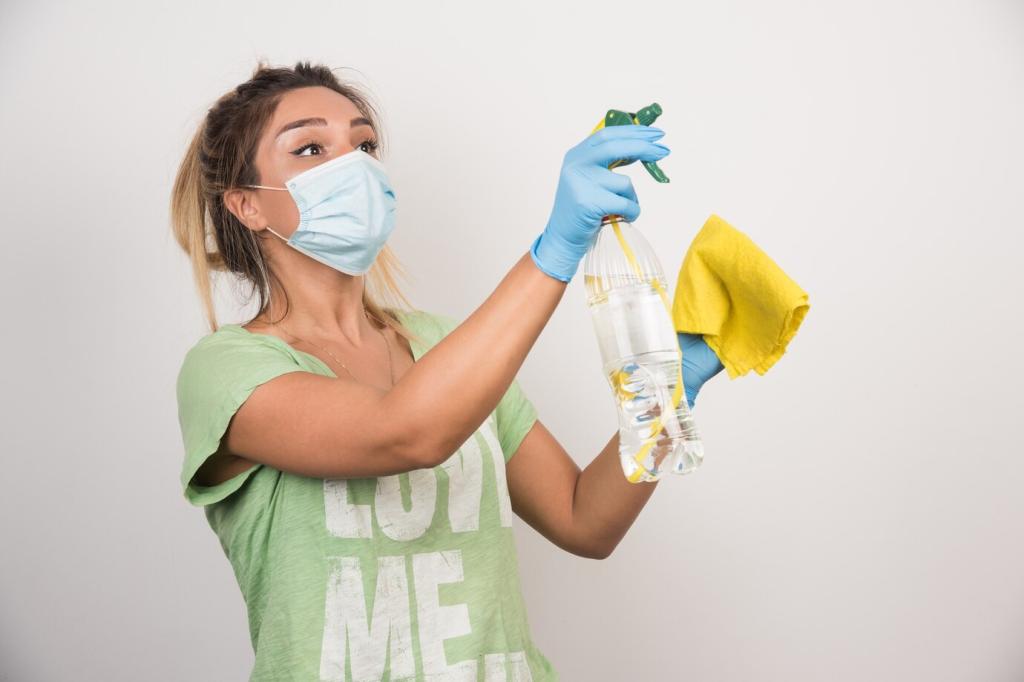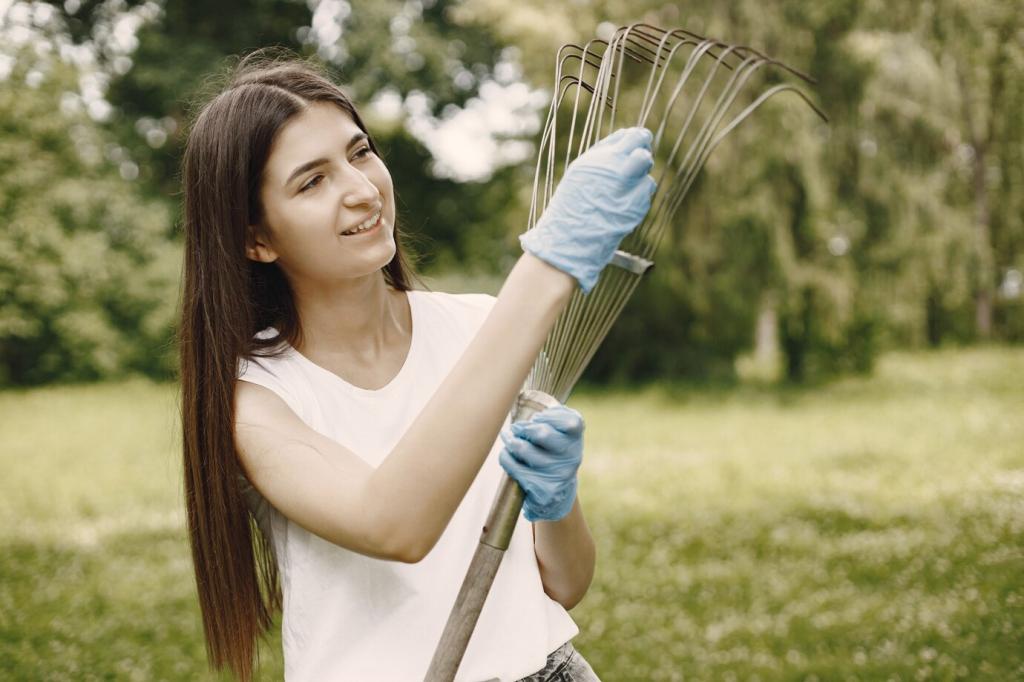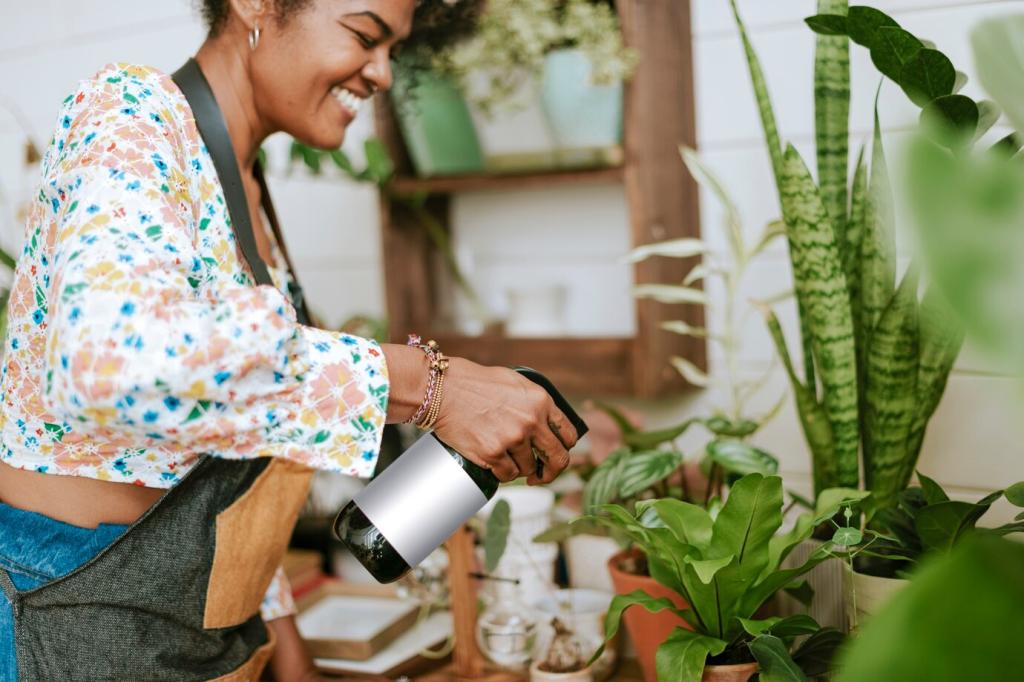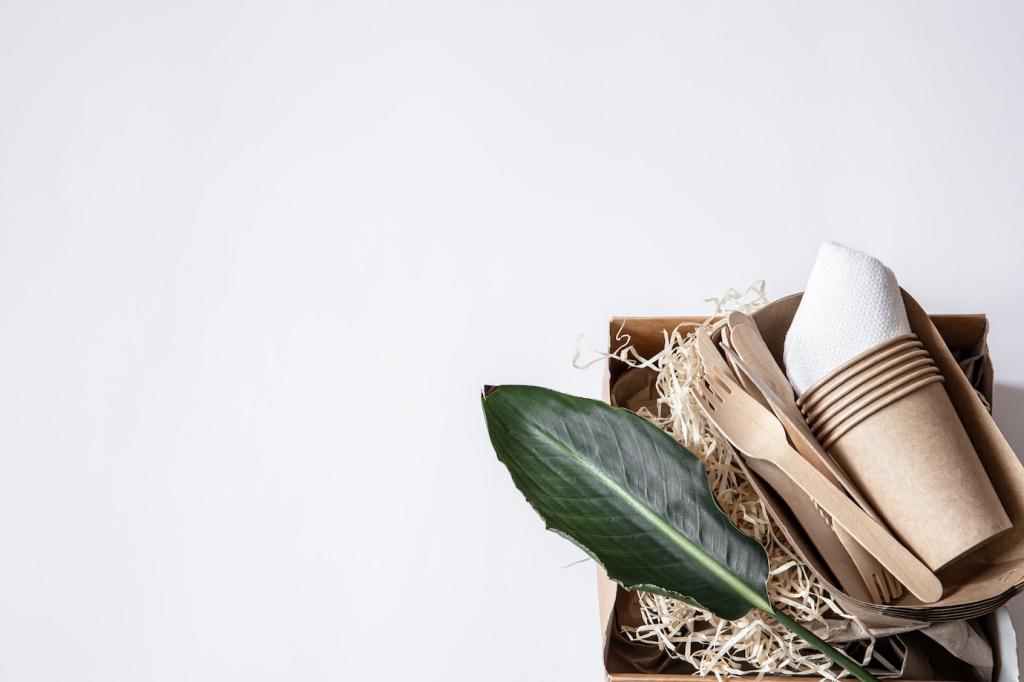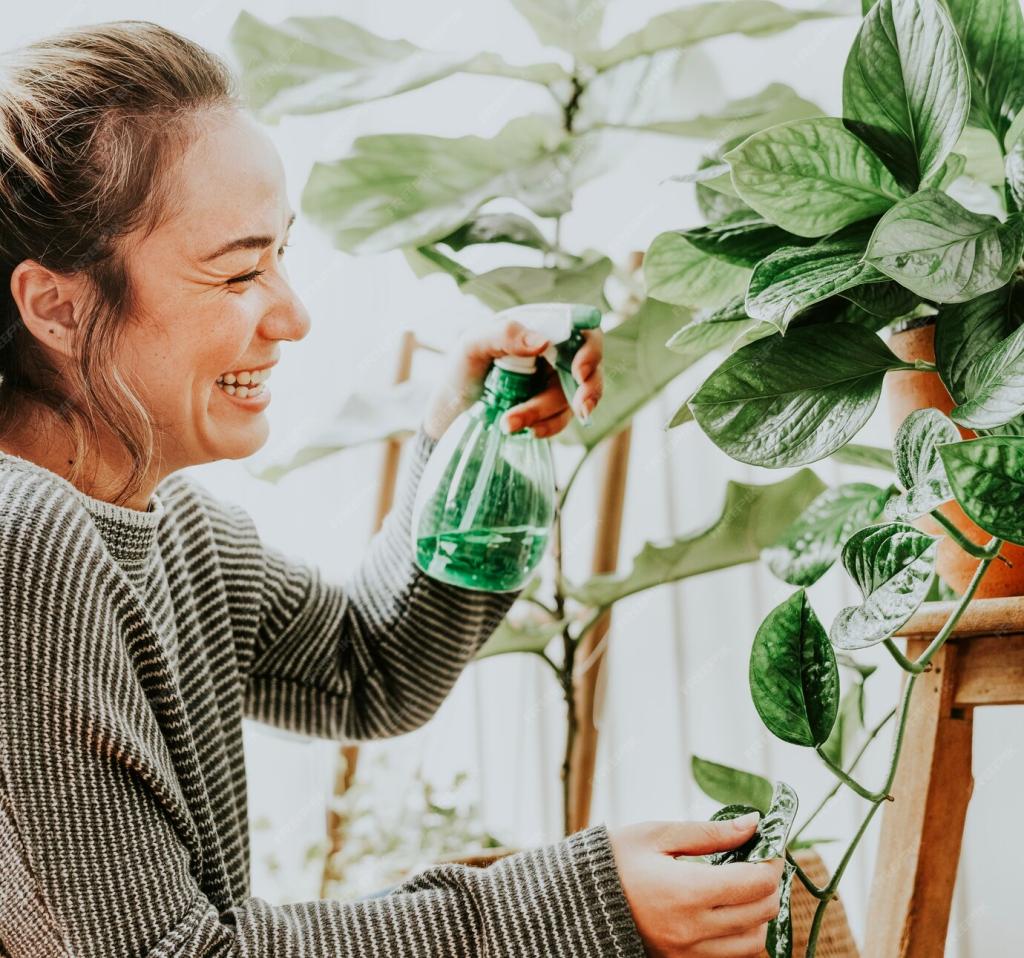Deodorizing and Sanitizing, Naturally
An attic chest inherited from a relative carried years of quiet mustiness. A light lemon-cedarwood polish on the exterior, cedar sachets inside, and a baking soda overnight for drawers transformed it. Share your heirloom rescues—what scent made your storage piece feel like home again?
Deodorizing and Sanitizing, Naturally
For sealed, non-porous furniture parts like metal legs or glass insets, wipe with a cloth moistened in 70% alcohol plus 5 drops lemon and 2 drops rosemary per 100 ml. Dry quickly. Avoid raw wood and delicate finishes. Have a post-party refresh ritual? Tell us what works best for you.
Deodorizing and Sanitizing, Naturally
Use low concentrations, ventilate well, and store blends securely. Avoid strong phenolic oils around cats and keep tea tree away from curious paws. Always wipe residues thoroughly and test on surfaces first. If you live with animals, share your gentle, pet-considered methods so others can learn safely.

